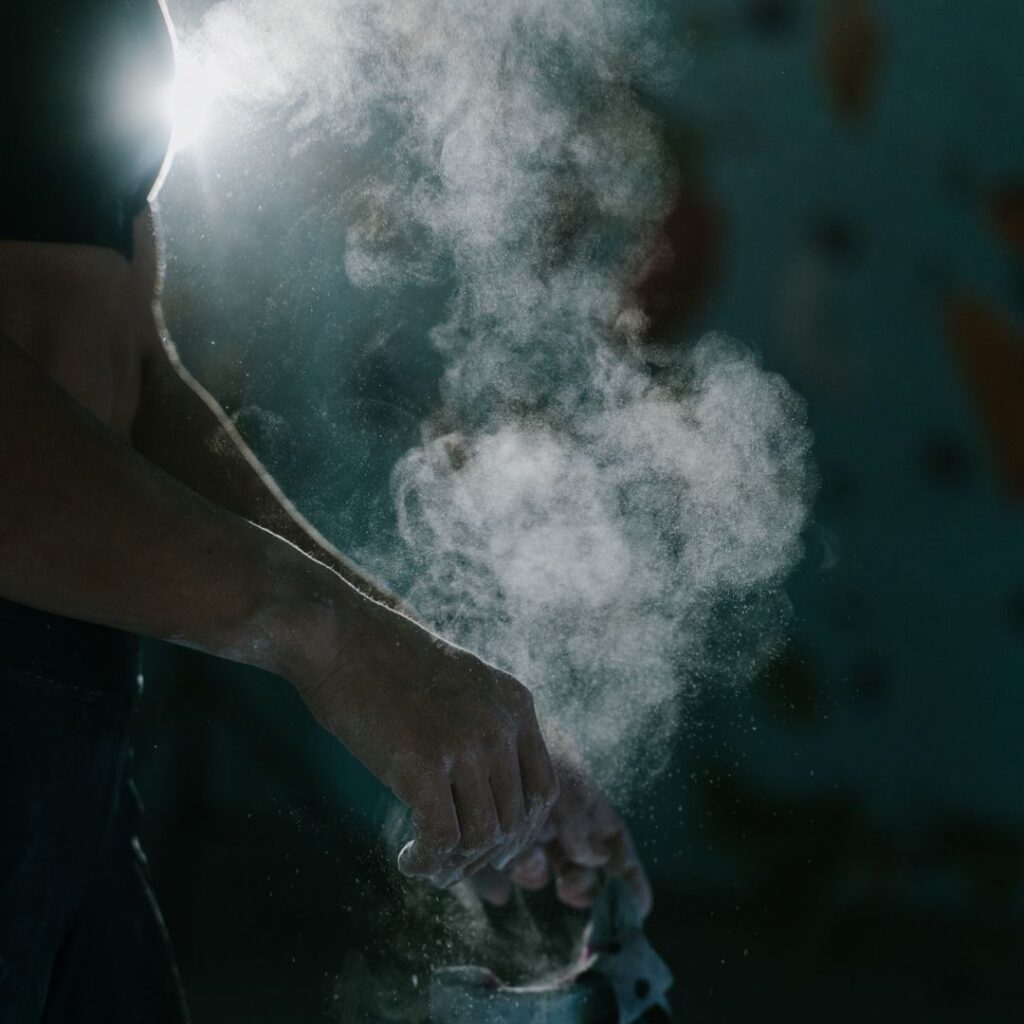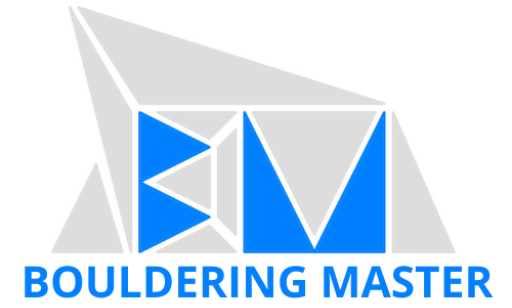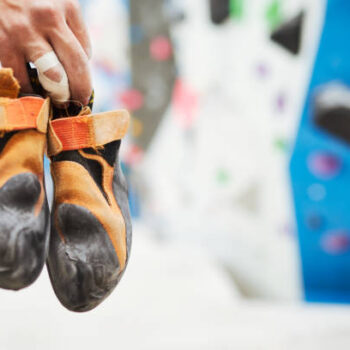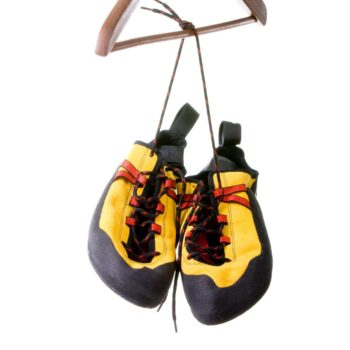Selecting the Perfect Climbing Chalk and Chalk Bag: How to
Table of Contents
When it comes to rock climbing, few accessories are as crucial as climbing chalk and chalk bags. These humble tools play a significant role in enhancing grip and reducing moisture on the hands, thereby improving climbing performance and safety.
Ultimately, the selection of climbing chalk and chalk bag will come down to your personal preferences. With a plethora of options available on the market, selecting the right chalk and chalk bag for you can seem a bit daunting. To help you pick the right one for you, we have created a guide that includes the key factors to consider when making your decision.
How to Select Climbing Chalk

Chalk itself is typically made from magnesium carbonate [CMgO3], which is non-toxic and safe for the skin. Yet, it is worth noting, that there are eco-friendly options available for climbers concerned about their environmental impact.
Chalk comes in four different forms: Loose Chalk, Chalk Balls, Liquid Chalk, and Block Chalk.
Check below to find out more about each form of chalk. Climbers’ have different preferences when it comes to chalk, so trying out what works for you is always best.
Loose Chalk
Loose chalk is the most common type of chalk, consisting of finely ground magnesium carbonate. Loose chalk is typically poured into a chalk bag and applied to the hands as needed during climbs. It provides excellent moisture absorption and enhances grip, making it suitable for a wide range of climbing disciplines.
Chalk Balls
Chalk balls are mesh or fabric sacks filled with loose chalk. They offer a mess-free alternative to loose chalk, as the chalk is contained within the ball and released gradually through the fabric. Chalk balls are favored by climbers who prefer to minimize chalk dust in indoor climbing gyms or for those who find loose chalk too messy.
Liquid Chalk
Liquid chalk is a suspension of magnesium carbonate in alcohol or other drying agents. It is applied to the hands as a liquid, which dries quickly to leave a layer of chalk on the skin. Liquid chalk provides a longer-lasting grip compared to loose chalk and is favored by climbers tackling long routes or boulder problems where reapplication of chalk may be inconvenient.
Block Chalk
Block chalk consists of compressed chunks or bricks of magnesium carbonate. It is less common than loose chalk or liquid chalk but offers the advantage of easy portability and reduced mess. Block chalk is often used by climbers who prefer a more controlled application method or for situations where loose chalk may be impractical, such as multi-pitch climbs or outdoor bouldering.
How to Select A Chalk Bag
Chalk is most commonly contained in a chalk bag. When it comes to selecting the right bag for you, it is important to keep in mind the size, shape, and various features on chalk bags.
Chalk Bag Size
These bags typically come in three sizes: small, standard, and bucket. When deciding on the size, think about how much chalk you typically use during a climb. If you’re a boulderer or sport climber who prefers frequent reapplication, a larger bag may be ideal. On the other hand, if you’re a trad climber or alpinist focused on lightweight efficiency, a smaller bag that holds just enough chalk for your needs might be more suitable.
Chalk Bag Shape
There are two shapes to consider: cylindrical bags and tapered bags. Cylindrical bags, as the name suggests, have a consistent diameter throughout their height. They typically feature a wide opening at the top for easy access to chalk and a drawstring closure to secure the contents.
Tapered chalk bags feature a narrower opening at the top that gradually widens towards the base, resembling a cone or funnel shape.Tapered bags are often more compact and streamlined than cylindrical bags, making them easier to carry on a harness or pack.
Chalk Bag Features
- Materials: Bags come in various materials: nylon, canvas, and leather. Nylon bags are lightweight and durable, making them a popular choice for most climbers. Canvas bags offer a classic look and tend to be more breathable than nylon. Leather bags are stylish and durable but may require more maintenance to keep them in good condition. Consider the durability and performance characteristics of each material before making your selection.
- Closure Mechanism: Chalk bags typically come with either a drawstring closure or a zippered closure. Drawstring closures are simple and effective, allowing quick access to chalk during climbs. Zippered closures offer added security, ensuring that chalk stays contained even during rough movements or transportation. Consider your preference for ease of access versus security when choosing the closure mechanism.
- Belt Compatibility: Ensure that the chalk bag you choose is compatible with your climbing belt or harness. Most bags come with an adjustable waist belt that fits comfortably around the waist or attaches securely to a harness. However, some bags may have fixed loops or attachment points that are not compatible with all belts or harnesses. Check the specifications of the chalk bag to ensure compatibility with your climbing gear.
- Extra Features: Some bags come with additional features designed to enhance functionality and convenience. Look for features such as brush holders for cleaning holds, zippered pockets for storing small essentials like keys or energy bars, and attachment points for carabiners or other accessories. These extra features can add versatility to your bag and streamline your climbing experience.





